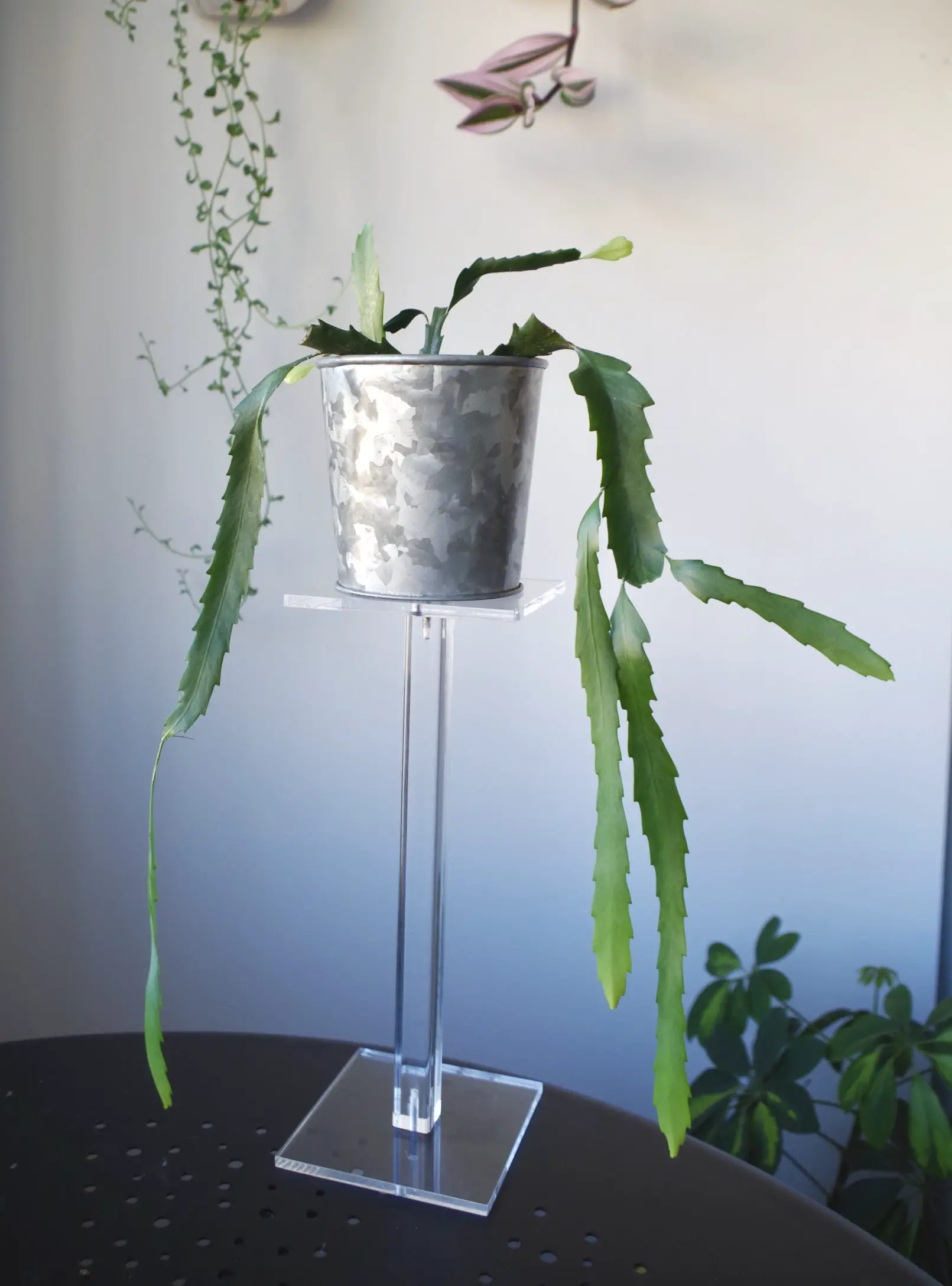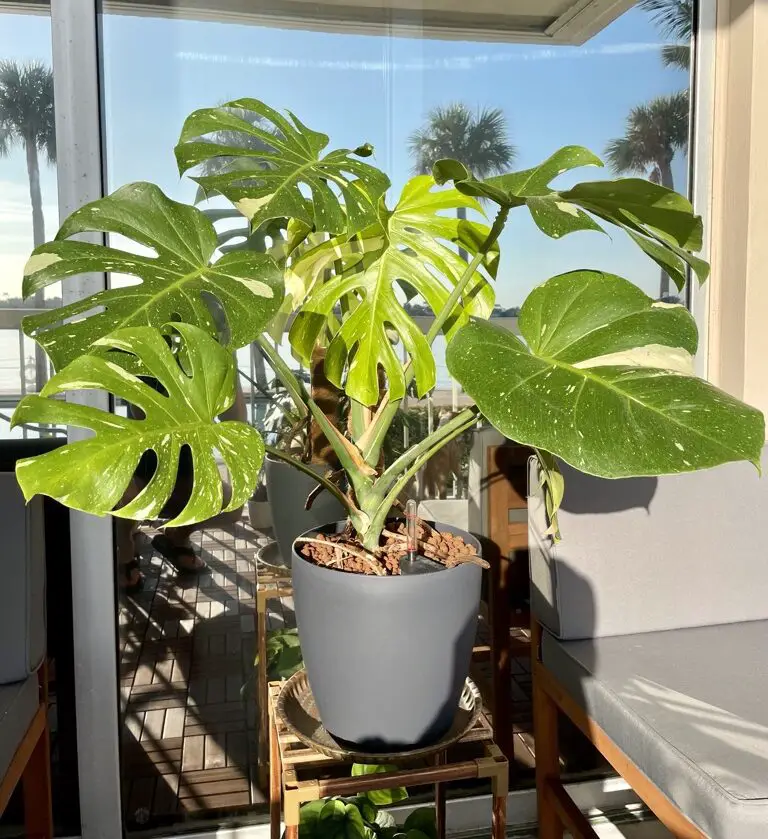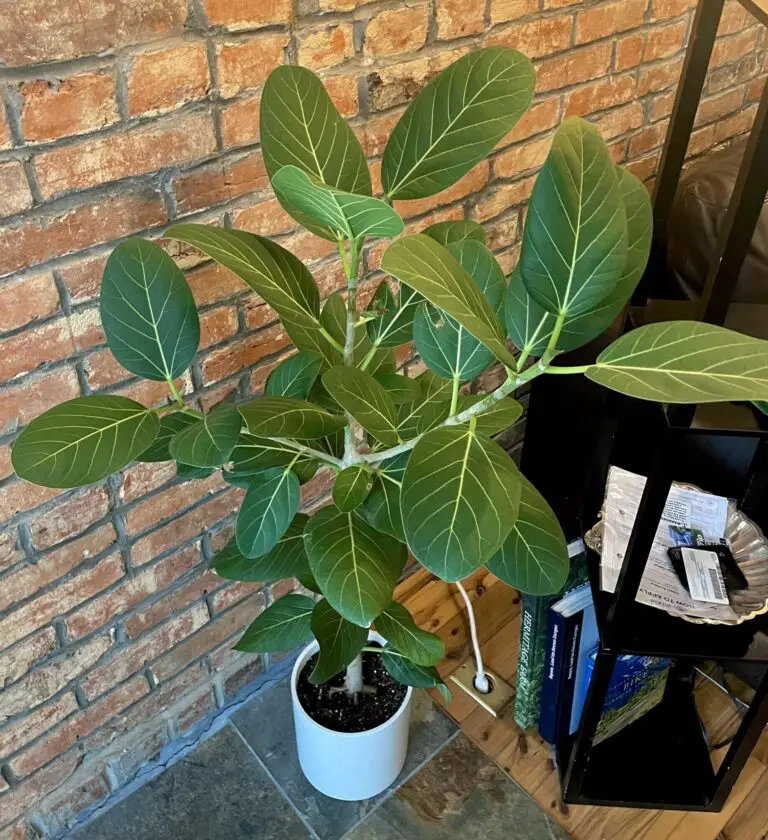Lepismium houlletianum is a hanging epiphytic cactus. It grows long flat green stems that have distinctly pointed edges. The stems of the snowdrop cactus can reach lengths of 7 feet or more once they mature. Like many other plants in the lepismium genus, the houlletianum produces small white flowers when favorable conditions are provided.
Lepismium Houlletianum Care: Provide Lepismium Houlletianum with airy, well-draining soil. Place in bright to medium indirect light, avoiding harsh, direct sun. Keep temperatures between 55-85F and allow the plant to completely dry out between waterings.
About Lepismium Houlletianum
Botanical Name: Lepismium Houlletianum
Common Name: Snowdrop Cactus
Family: Cactaceae
Origin: Argentina, Brazil
As an epiphytic cactus, lepismium houlletianum favors growing on trees and other elevated structures. Keep this in mind when deciding on a substrate mix for your plant. They tend to prefer a light and airy mix that resembles what they’d find in nature. When given the space this cactus likes to grow long flat stems with many pointed edges, from which small white and cream-colored flowers may bloom year-round.
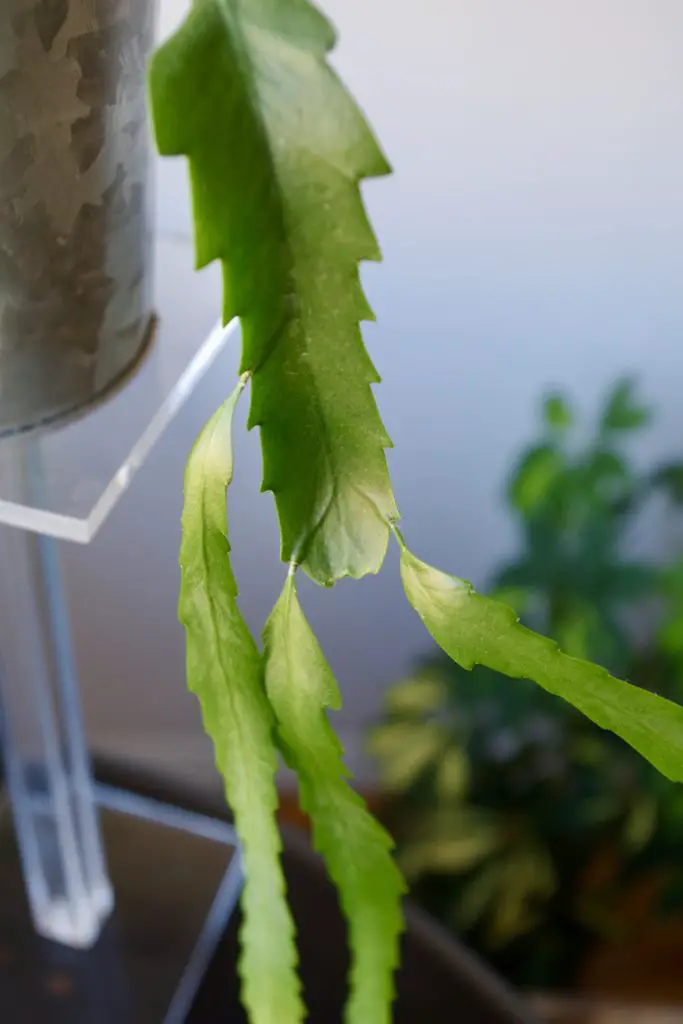
Lepismium Houlletianum Light Requirements
An optimal spot will provide your lepismium houlletianum with bright indirect light throughout most of the day. Avoid exposing this lepismium to harsh direct sun as its foliage can become sun-scorched. A few feet back from an East or West-facing window or directly in a North-facing window will make an ideal home for this plant. Some early morning or dappled sunlight is fine.
It is worth mentioning that these plants are also very good at surviving in low light. If you aren’t able to provide a bright spot, make sure to water less frequently and allow the soil to dry out thoroughly. Doing this will help avoid root rot and other issues that may arise in lower light conditions.
How Often Should I Water Lepismium Houlletianum?
Lepismium Houlletianum is a semi drought tolerant plant. It likes to dry out between waterings but can’t remain dry for extended periods. When deciding how often to water your plant it’s best not to stick to a set schedule. Check your plants’ soil often, once it is completely dry, it’s time to thoroughly water.
Be careful not to overwater your snowdrop cactus. The most common issues with these plants arise from overwatering. If you notice your plant is sitting in wet soil, try to use a chopstick or pencil to poke some holes in the soil to help provide aeration. Signs your lepismium houlletianum is getting too much water may include; yellowing foliage, browning, mushy stems, or slow growth. If you notice any of these signs, allow your plant to dry out thoroughly before watering any further.
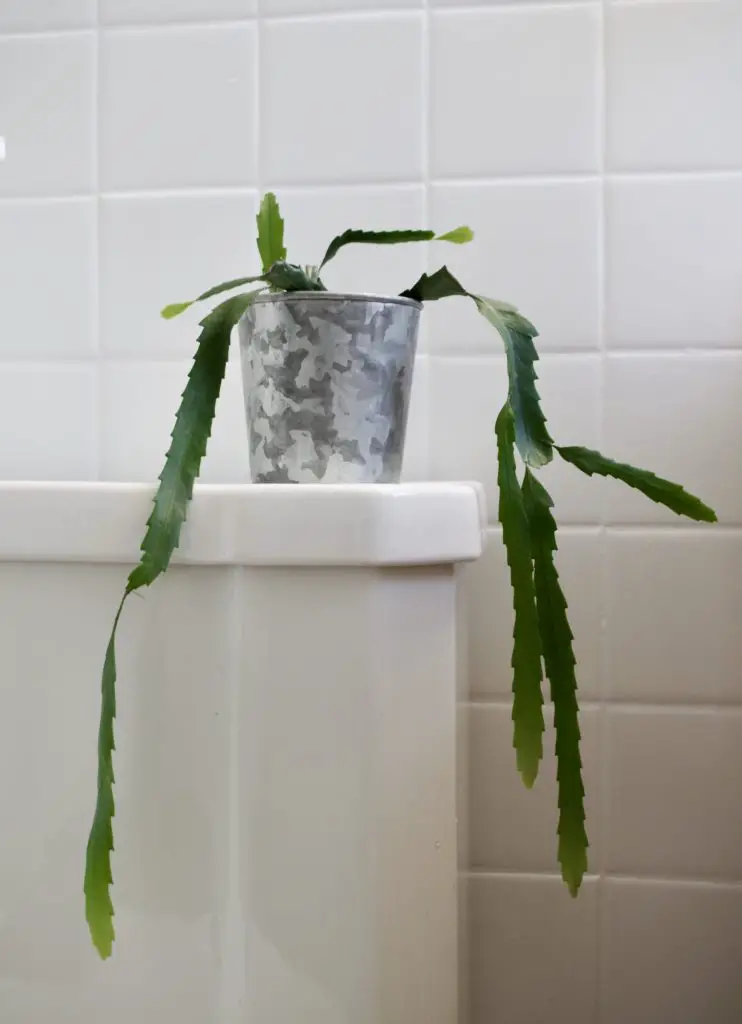
Lepismium Houlletianum Temperature Needs
Lepismium houlletianum will thrive in the mild climates of most homes. Ideal growing temperatures are between 50F and 85F. It can even withstand short bouts of near-freezing temperatures although this will slow growth.
If your climate allows, your lepismium will appreciate any time outside. Just make sure to place your plant in a shady spot to avoid sunburn. I always bring mine back indoors before nighttime temperatures drop below 40F.
Humidity Preferences
Native to tropical forests across Argentina and Brazil, these epiphytic cacti enjoy higher levels of humidity. Aim to provide 50% relative humidity or higher for optimal growth. To increase humidity you can add a pebble tray with water or group your plants tightly. Alternatively, the bathroom may be an ideal spot for your lepismium houlletianum.
Avoiding areas with drafts or near AC vents can also help provide higher humidity levels for your plants.
Is Lepismium Houlletianum Toxic?
No according to the ASPCA, lepismium houlletianum is classified as non-toxic to both humans and animals.
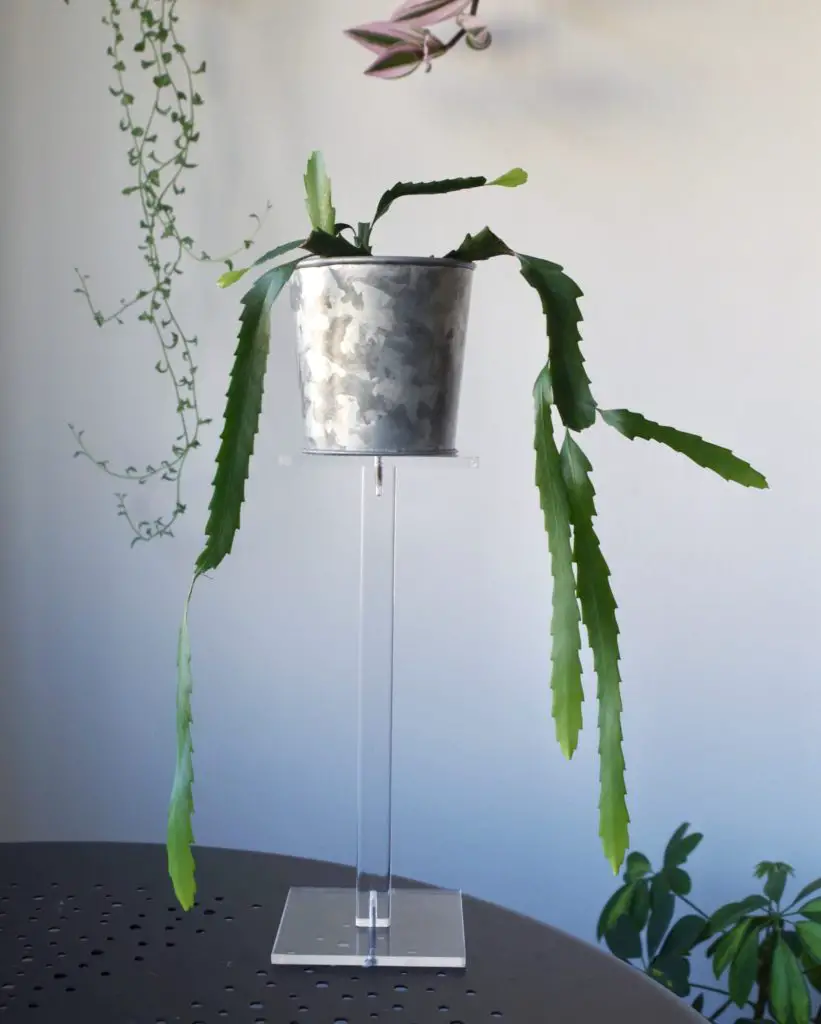
How To Propagate Lepismium Houlletianum
The best way to Propagate is via stem cuttings.
- Start by choosing a healthy stem that shows no signs of damage. An ideal stem will have nice green foliage and be free of any damage or yellowing.
- Once the right stem is chosen cut the stem with sterile scissors or shears to avoid any problems from bacteria.
- Cut the stem into multiple smaller sections and allow the sections to callus over for at least a day. Make sure to remember which way the cuttings grew, it’s important to face them correctly in the soil.
- Prepare a pot with airy, fast-draining soil. Alternatively, you can use leca clay pebbles. I’d also recommend using a terracotta pot with ample drainage to avoid issues with rotting due to moisture build-up.
- Once the cuttings have callused over, place them in the soil, covering about the bottom ¼” with soil. Place the pot and cuttings in a bright spot and continuously mist or water, to keep the soil slightly moist.
- After a few weeks to a month, your cuttings should have roots. At this point, you can transplant them or allow them to stay in the same pot. Once roots have formed you can allow the soil to dry out more.
